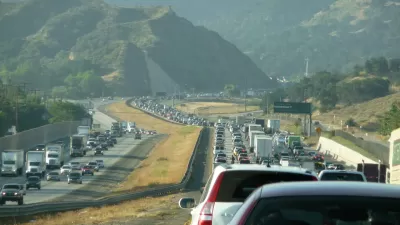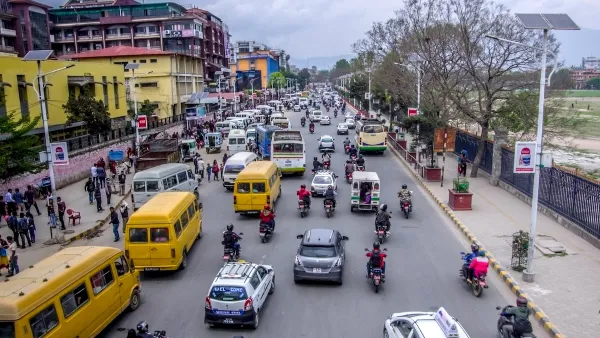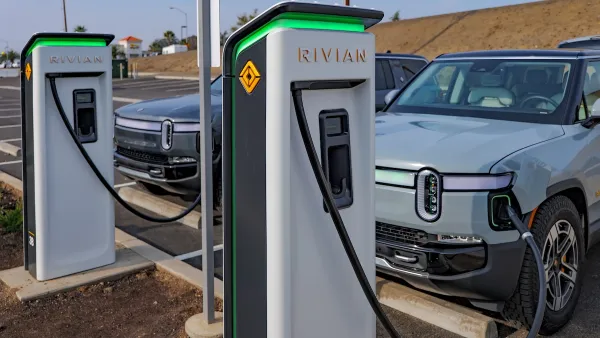A French economist created a powerful visualization of the rise of carbon emission hot spots from a few locations in Europe to every developed and developing corner of the world.
Laura Bliss shares news of a new interactive map that charts global emissions over the course of 260 years.
Bliss explains the origin story of the map:
"French economist Aurélien Saussay created the map (and the animated video, below) using data from the U.S. Department of Energy’s Carbon Dioxide Information Analysis Center, which tracks fossil-fuel burning (plus concrete production and gas flares) all the way back to 1751—the beginning of the fossil fuel era."
Bliss also explains how to use the tool, and a few insights to begin your exploration:
"Use the red slider to move back and forth through time, and click on any country to see how their carbon contributions measured up against the world’s total. As the birthplace of the Industrial Revolution, Europe was the carbon hotspot for a close to a century. It wasn’t until 1891 that the U.S. surpassed the U.K. as Earth’s leading CO2 polluter—which it stayed until just a decade ago, when China took up that ignominious title."
And there is also the short video below providing a glimpse into the world's carbon addiction.
FULL STORY: Mapping 260 Years of Global Carbon Emissions

Maui's Vacation Rental Debate Turns Ugly
Verbal attacks, misinformation campaigns and fistfights plague a high-stakes debate to convert thousands of vacation rentals into long-term housing.

Planetizen Federal Action Tracker
A weekly monitor of how Trump’s orders and actions are impacting planners and planning in America.

In Urban Planning, AI Prompting Could be the New Design Thinking
Creativity has long been key to great urban design. What if we see AI as our new creative partner?

King County Supportive Housing Program Offers Hope for Unhoused Residents
The county is taking a ‘Housing First’ approach that prioritizes getting people into housing, then offering wraparound supportive services.

Researchers Use AI to Get Clearer Picture of US Housing
Analysts are using artificial intelligence to supercharge their research by allowing them to comb through data faster. Though these AI tools can be error prone, they save time and housing researchers are optimistic about the future.

Making Shared Micromobility More Inclusive
Cities and shared mobility system operators can do more to include people with disabilities in planning and operations, per a new report.
Urban Design for Planners 1: Software Tools
This six-course series explores essential urban design concepts using open source software and equips planners with the tools they need to participate fully in the urban design process.
Planning for Universal Design
Learn the tools for implementing Universal Design in planning regulations.
planning NEXT
Appalachian Highlands Housing Partners
Mpact (founded as Rail~Volution)
City of Camden Redevelopment Agency
City of Astoria
City of Portland
City of Laramie





























